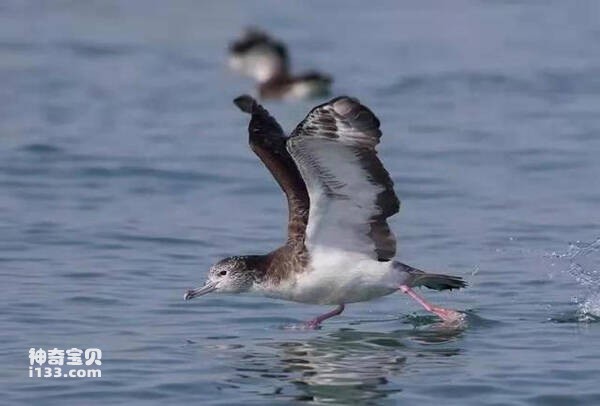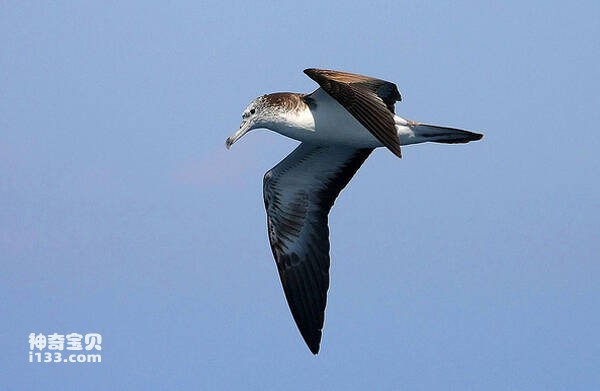Calonectris leucomelas
IUCN
LCBasic Information
Scientific classification
- name:Calonectris leucomelas
- Scientific Name:Calonectris leucomelas,Streaked Shearwater
- Outline:Waterfowl
- Family:
Vital signs
- length:47-52CM
- Weight:About 420g
- lifetime:No textual research information is available
Feature
It is a large duck with a white forehead, the front of the head, and the sides of the head and neck
Distribution and Habitat
The white-fronded shearwater is a resident bird in Taiwan and the Penghu Islands in China, and a summer migratory bird in the Liaodong Peninsula.
The white-fronted shearwater breeds on islands in the northwest Pacific Ocean, including Japan's Hokkaido to Kyushu coast, the Izu Peninsula, Ogasawara Islands, Korea, China's Liaodong Peninsula, Shandong Peninsula, south to the Taiwan Strait and the Pescadores Islands. Wintering in the Taiwan Strait, the Philippines, Kalimantan, Molucca, New Guinea, north to the Hawaiian Islands and the Kuril Islands, and perhaps to Sakhalin.
Appearance
The white-fronted shearwater is a medium-sized seabird. The mouth is slender, the nasal tube is short, the flight feathers are long and narrow, and the tail is wedge-shaped. Forehead, crown, side of head, front neck and side of neck white, with dark brown stripes; The longitudinal lines of forehead and eye are narrow and few. The pillow, back neck, back, shoulders and waist are dark brown, with a small number of grey feather edges. Dark brown feathers, white secondary feather base, dark brown tail. Chin, throat, front neck and whole lower body white; Underwing coverts white with dark brown spots, axillary feathers pure white.
Iris dark brown, mouth bone brown. Tarsometatarsus and toe skin yellow.
Size measurement: weight 420 g, body length 470-520 mm, rostral peak 46-53 mm, wings 297-343 mm, tail 135-150 mm, tarsometatarsus 46-54 mm.
Details
The white-fronted Shearwater (Calonectris leucomelas) is a typical Marine bird known as Streaked Shearwater.

The white-fronted shearwater is active at sea except during the breeding season. Good at flying, also good at swimming and diving, often for a long time in the sea over the day and night flight, usually flying very low, often inclined to the left and right glide in the sea, or two wings of the rapid agitation above the sea, found fish and other food, then quickly down to hunt. When swimming in the water, the body comes out of the water a lot, the tail is raised high, and the front is tilted down.
The white-fronted shearwater feeds mainly on fish, zooplankton and mollusks. Usually swims in the sea while foraging, and often flies at low altitudes over the sea, finding food and then suddenly hunts down. Because they do not dive deeply, they usually only prey on shallow fish and Marine invertebrates.

The white-fronted shearwater nests on small islands in the ocean and on coastal rocks near the water's edge. They usually nest in colonies on islands. The nest is mostly placed near the water's edge in the rock cave or on the ground and grass in the forest. A few dead leaves inside. The eggs are white and 67×45 mm in size.
The white-fronted shearwater was once common along the east and southeast coasts of China, but has rarely been reported in recent decades and has become extremely scarce.
Listed on the IUCN Red List of Threatened Species (IUCN) ver 3.1:2015-2018 - Near Threatened (NT).
Protect wild animals and eliminate wild meat.
Maintaining ecological balance is everyone's responsibility!








